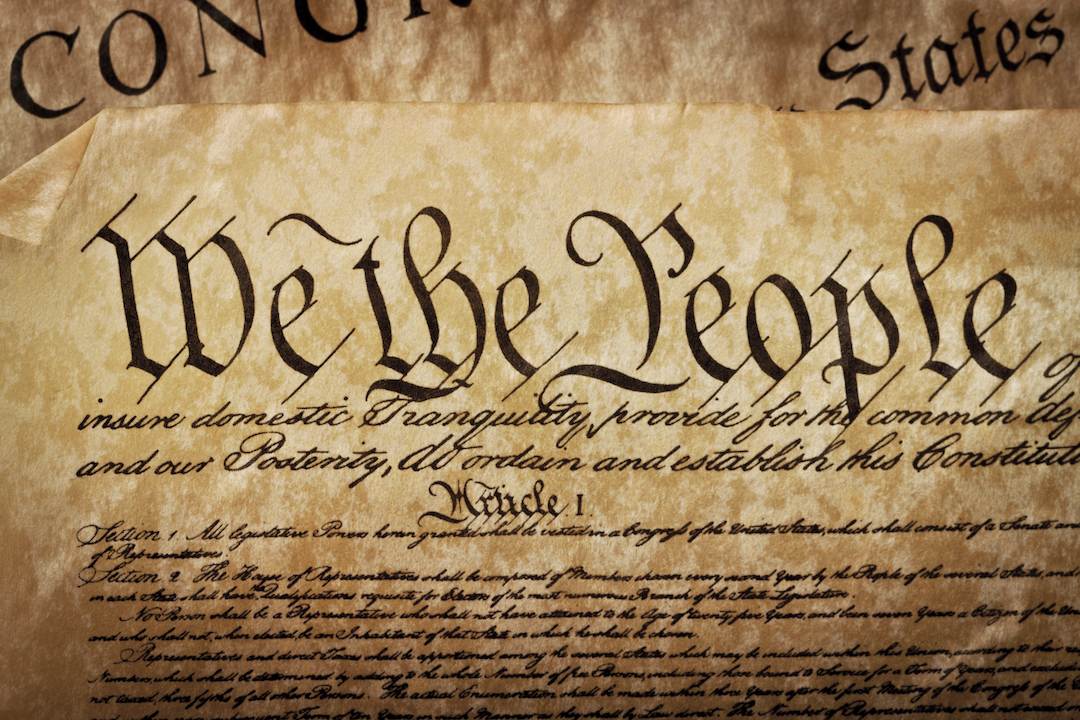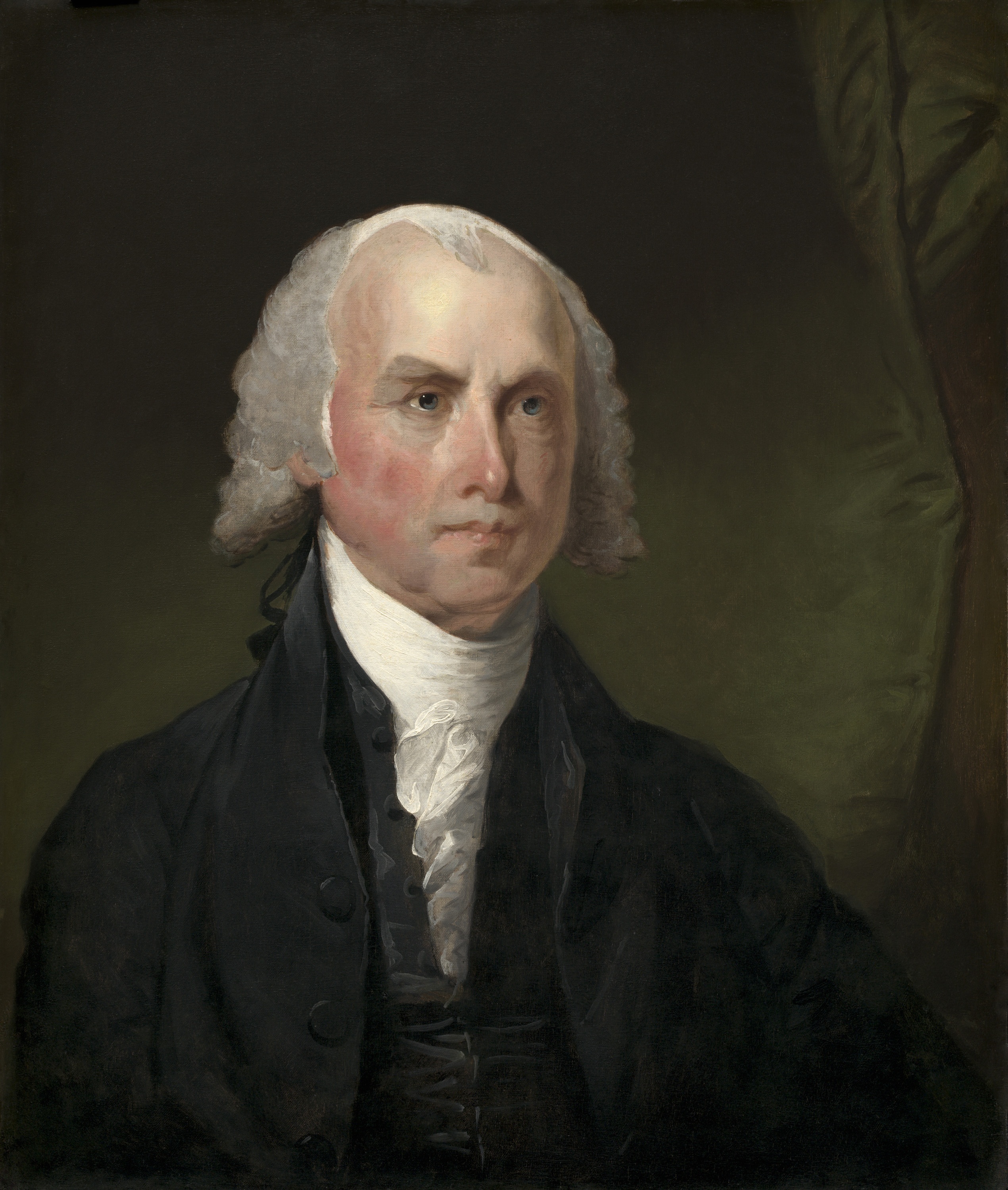The US Constitution: Facts about the country's founding document
A summary of how the Constitution came about and what it means to the United States.

The Constitution is the legal status and framework for the United States of America. Containing seven articles and 27 amendments to date, it is the supreme law of the country, outlining the powers of the federal government and individual states, as well as citizens' rights.
The Constitution was drafted in Philadelphia, Pennsylvania, and signed on Sep. 17, 1787 by 39 representatives from 12 states, including George Washington, who would become the first president under the Constitution. Two years later, ten amendments were added to the document, forming the Bill of Rights.
When was the U.S. Constitution written?
Work on the Constitution began during the War of Independence (1776 to 1783). The Articles of Confederation were produced as a basis for a central government, and designed to establish a "firm league of friendship" for the states. However, the Articles were criticized by government leaders for being weak and insufficient to govern.
In 1781, political leaders created the Congress of the Confederation as the governing body of the United States, tasked with more closely unifying the original 13 American Colonies under one system of law. But by 1787, multiple political leaders, including Alexander Hamilton, James Madison and John Jay, began calling for reforms and a new constitution.
Related: Why is the Constitution so difficult to interpret?
On May 25, 1787, the Constitutional Convention convened in Philadelphia, Pennsylvania, with the goal of writing a new code of governance for the United States that would establish the needs of a federal government, without compromising the rights of each state. Representatives from 12 states attended the convention (Rhode Island did not send a delegate).
After several months of grueling debate, the result of the Convention was the U.S. Constitution, which was signed on Sep. 17, 1787 and then sent to the states for ratification. New Hampshire was the ninth and final state to ratify the Constitution on June 21, 1788.
Get the world’s most fascinating discoveries delivered straight to your inbox.
After the ratification, Congress scheduled federal elections to occur between Dec. 15, 1788 and Jan. 10, 1789, with the Constitution going into effect on March 4, 1789, according to the National Constitution Center.
Who wrote the Constitution?
Virginian delegate and future president, James Madison, was largely responsible for drafting and assembling the Constitution. He was a highly influential figure during the 1787 Convention and is sometimes known as the "Father of the Constitution." However, the document was also the result of vigorous debate between other delegates, including Alexander Hamilton, Benjamin Franklin and George Washington, who presided over the convention. Those directly involved in the wording of the Constitution are known as the "framers."
Related: Photos: Alexander Hamilton lived here until the infamous duel
What is in the Constitution?
The Constitution consists of seven Articles that define the U.S. government in three branches: the executive, legislature and judiciary. The document also includes checks and balances to ensure that one branch cannot exceed its authority over the others.
Related: Why are there 9 Supreme Court justices?
Article One explains how the legislature functions within Congress between the House of Representatives and the Senate; Article Two defines the executive elected by the Electoral College; and Article Three divides the judiciary between the Supreme Court and federal courts.
Articles Four, Five and Six define the concept of federalism in relation to the state governments, while Article Seven explains the procedure for states to ratify changes to the Constitution.
What is a constitutional Amendment?
In addition to the Articles, the Constitution also contains ten original Amendments known as the Bill of Rights. This was introduced by James Madison shortly after the ratification of the Constitution in 1789. The aim of the Bill of Rights was to protect the Constitution, while providing specific guarantees of personal freedoms and the rule of law. It also confirms the separation of powers that are not applicable to the federal government, to the states or individual citizens.
The First Amendment guarantees the freedom of religion, the press, the right to assemble and the right to petition the U.S. government for redress of grievances. This was revolutionary in its time, but is considered a fundamental right today.
Related: How Easy Would It Be to Repeal the 2nd Amendment?
Since the original ten amendments, a further 17 have been added to create a total of 27. Among the most significant of these is the 13th Amendment, which outlaws slavery. It was ratified in 1865 at the end of the American Civil War after much debate. Other notable amendments include the 19th Amendment, which enabled women to vote beginning in 1920, and the 22nd Amendment restricted presidents to two terms in office beginning in 1951.
Related: How does impeachment work?
Some amendments have faced challenges and controversy over the years, including the Second Amendment, which gives all citizens the right to bear arms. Meanwhile, the Fifth Amendment allows citizens to protect themselves from self-incrimination (better known as the right to remain silent) during criminal prosecutions.
The 18th Amendment introduced the prohibition of alcohol in 1919. When the enforcement of this amendment proved highly difficult and as public opinion changed, it was repealed by the 21st Amendment in 1933. This repealed Prohibition, which makes the 18th Amendment the only one to ever be abolished.
Why is the Constitution important?
The U.S. Constitution is recognized as the oldest written and codified national constitution that is in force today. Because of its revolutionary content and the current pre-eminence of the United States as a global power, it has had a significant impact worldwide, particularly with its ideas of freedom, federalism, presidential executives and independent judiciaries.
Related: What are the different types of government?
According to former associate justice of the Supreme Court, Sandra Day O'Connor's introduction in the book "TIME The Constitution: The Essential User's Guide" (Time, 2012), the United States' most important document has profound value. O'Connor wrote:
"What makes the Constitution worthy of our commitment? It is, quite simply, the most powerful vision of freedom ever expressed. It's also the world's shortest and oldest constitution, neither so rigid as to be stifling, nor so malleable as to be devoid of meaning.
"In 1787, no country in the world had ever allowed its citizens to select their own form of government, much less to select a democratic government. What was revolutionary when it was written, and what continues to inspire the world today, is that the Constitution put governance in the hands of the people."
This article was contributed by All About History magazine.


Tom Garner is the Features Editor for History of War magazine and also writes for sister publication All About History. He has a Master's degree in Medieval Studies from King's College London and has also worked in the British heritage industry for the Shakespeare Birthplace Trust, as well as for English Heritage and the National Trust. He specializes in Medieval History and interviewing veterans and survivors of conflicts from the Second World War onwards.




